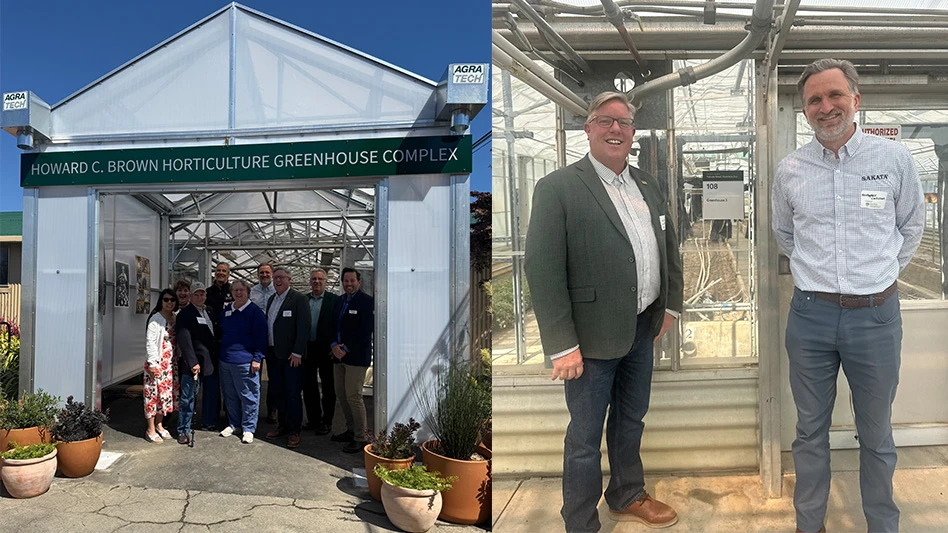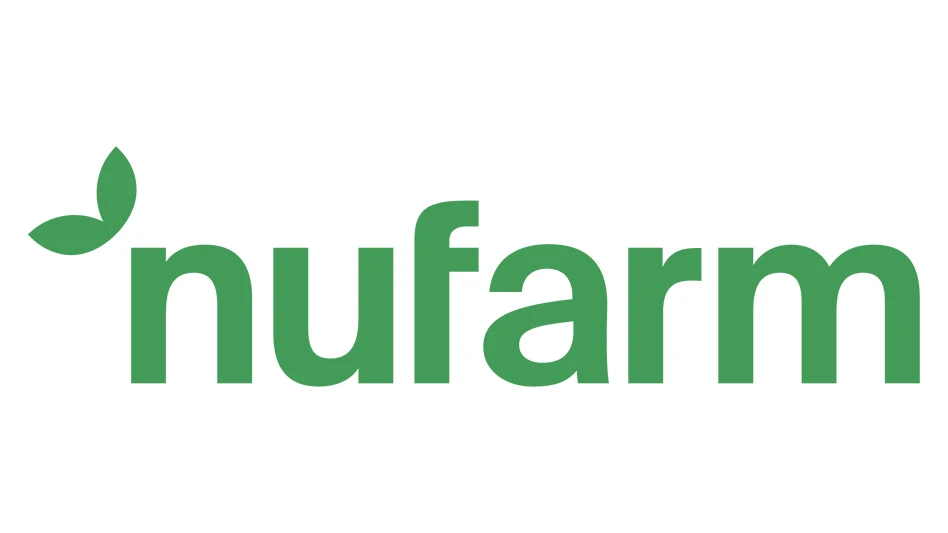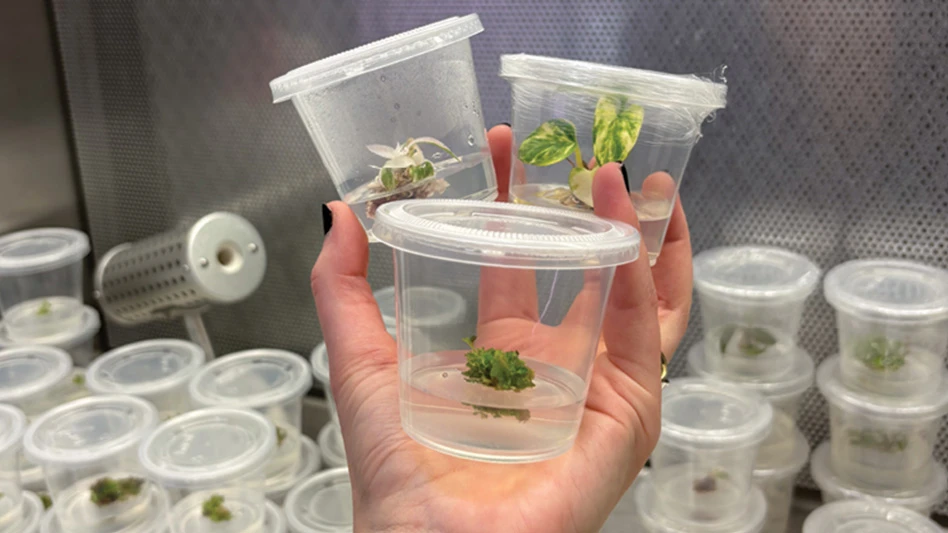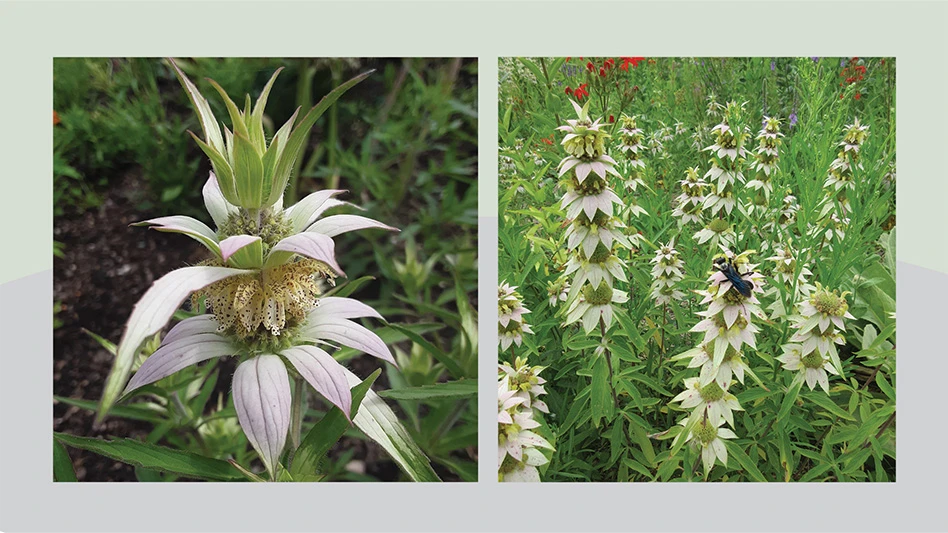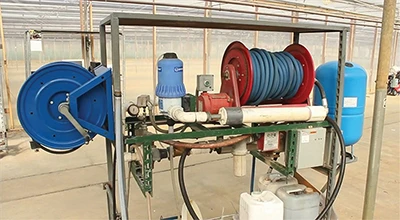
Editor’s note: The management of irrigation water is a top concern of ornamental growers who are affected by fresh water depletion as well as the introduction of agricultural water regulations. Several growers in New Jersey have invested in technology in anticipation of such regulations. This is the second part of a multipart series and looks at one grower’s use of a cost-effective copper disinfection system.
 When it comes to greenhouse plug production, “water management is the most important aspect of growing.” That’s the learned opinion of Bill Swanekamp, a second-generation grower in Allentown, New Jersey, where Swanekamp’s father and uncle opened Kube Pak in 1963.
When it comes to greenhouse plug production, “water management is the most important aspect of growing.” That’s the learned opinion of Bill Swanekamp, a second-generation grower in Allentown, New Jersey, where Swanekamp’s father and uncle opened Kube Pak in 1963.
“We produce plugs, rooted cuttings, bedding plants, potting crops, and field crops, so we have quite an assortment of plants, including 200 type of tomatoes and specialty varieties for local farmers,” Swanekamp says.
“We’re a dry grower, so when we water through drip irrigation, or by hose, we only put enough water on that plant so that it can get to the next day. Then we water again the next day.”
To help manage its water usage, Kube Pak uses the 0-5 scale developed by Dr. Will Healy from Ball Horticultural.
“He quantified the watering method,” Swanekamp explains. “Zero means the plant is dead and five shows that it is completely saturated. In between there is a scale that you can use in any greenhouse to determine what your level of moisture is. We adopted that method about three years ago... and now we can easily communicate with our employees and customers about watering.”
No recycling
While it may seem like water management and water recycling must go hand in hand, such is not the case at Kube Pak.
“We don’t use recycling because there’s a lot of different ways to go about watering, one of which is to reduce the amount of water you put on initially so you have no runoff,” Swanekamp says.
“If you take a plug and over-water it, you will get a tremendous amount of shoot (upgrowth) with no corresponding root on the bottom. However, if you manage the wet/dry cycle so that in between waterings, you allow the plant to get down to stage one or stage two dryness, then it will develop roots without making the top grow too fast.”
Another reason Kube Pak doesn’t recycle water is that it may conflict with its disease management program.
“You can control most soil and leaf diseases through proper water management,” Swanekamp says. “If you’re using recycled water, you have a whole other life to deal with. That is extremely difficult.”
He referred to an outbreak of Ralstonia 10 years ago that caused many greenhouses with recycling systems to go out of business. The disease, which is on the federal government’s list of biohazardous materials, contaminated recycled water and passed through entire greenhouses. These operations were quarantined and growers were unable to sell their crops.

Copper disinfection
Although it doesn’t recycle, Kube Pak does use a copper-ionization disinfection system to treat its well water.
“The copper is an element that controls the bacteria—things like algae. In our misting and propagation areas, because the humidity level is so high all of the time, we were finding a lot of algae growth on the floor of the greenhouse. Adding the copper cuts way down on that algae. Also, we saw a corresponding reduction in loss during propagation of rooted cuttings,” Swanekamp recalls.
“You need to get up to 2 parts per million (ppm) to kill all of the pathogens that could affect your plants. Unfortunately at 2 ppm, you also start to get toxic levels to certain plants. So we are trying to get 1 ppm in, but because our water is so pure, we have a hard time getting the amount of copper into our water that we need. Our water has almost no EC (electrical conductivity), so there’s nothing to grab the copper ions and bring them into the water.”
To combat that, the water goes into tanks where copper bars are electrified and that current creates ion exchange with water.
Kube Pak also makes sure that whatever runoff they do have out of their greenhouses is cleaned before it runs off their property. A small amount of runoff goes out into a ditch full of aquatic plants, which filter the water naturally.
 Swanekamp says it is important to consider all of the possible disinfection techniques and decide on the best fit for your system. “We tried chlorine 30 years ago, but there are serious phyto issues with chlorine in your water and we did not want to take that chance again. The copper, compared to a chlorine injection system, is more expensive but it doesn’t have the phyto issues chlorine has.”
Swanekamp says it is important to consider all of the possible disinfection techniques and decide on the best fit for your system. “We tried chlorine 30 years ago, but there are serious phyto issues with chlorine in your water and we did not want to take that chance again. The copper, compared to a chlorine injection system, is more expensive but it doesn’t have the phyto issues chlorine has.”
While Kube Pak is doing well with its copper-disinfection system, Swanekamp readily admits it isn’t a cure-all.
“An ozone system is probably the most effective, but it’s also the most expensive. If you have a serious water problem, then that’s probably the way to go. For our operation, the copper-disinfection is best; it does what we need it to do, and it doesn’t cost a fortune.”
Alyssa DeVincentis is a recent graduate from Rutgers University. She completed her honors thesis on water disinfection and recycling at horticultural operations throughout New Jersey under the guidance of Dr. Robin Brumfield, professor and Farm Management Specialist, and Dr. Paul Gottlieb.
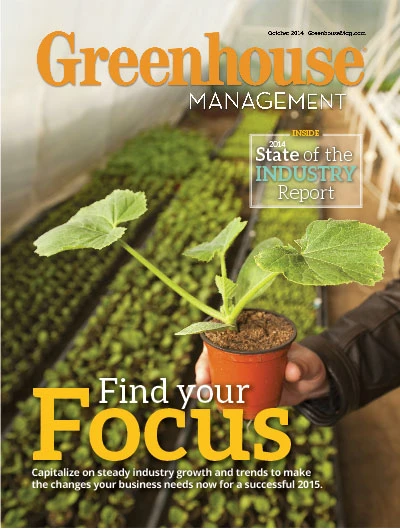
Explore the October 2014 Issue
Check out more from this issue and find your next story to read.
Latest from Greenhouse Management
- Belgian thermal screen manufacturer Phormium launches Noctis Thermo
- New book explores plants that thrive in Rocky Mountains
- Prospiant appoints Burk Metzger as new president
- Iowa plant supplier Plantpeddler building retail complex
- American Floral Endowment establishes Herman Meinders Memorial Tribute
- These companies are utilizing plastic alternatives to reduce horticultural waste
- Terra Nova releases new echinacea variety, 'Fringe Festival'
- AmericanHort expands greenhouse training with new Section Grower Certification

